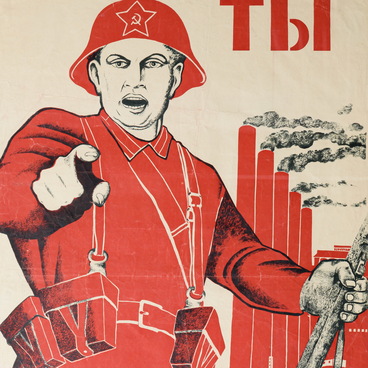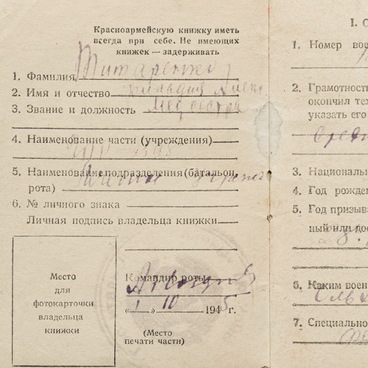The period from July 1942 to February 1943 was a terrible time for Voronezh and the Voronezh Oblast. Following the strategic plan “Blau” developed in the spring of 1942, on June 28, 1942, Hitler’s troops launched an offensive on Voronezh with the aim of reaching Stalingrad and the oil fields of the North Caucasus and Baku.
The front line divided the Voronezh Oblast into two parts along the course of the Don and Voronezh rivers. Of the 83 districts of the region, 29 were completely occupied and 5 were partially occupied. On July 7, 1942, the Germans captured the territory to the right of the Voronezh River.
According to the intelligence reports of the NKVD of the USSR in the Voronezh Oblast, on July 15, 1942, the German authorities began to gather the male population of Voronezh over 16 years old. The men were escorted to concentration camps. In particular, Voronezh residents ended up in the camps at the Gorshechnoye and Kastornoye “Novy Dvor” stations. Those who could not keep up were shot on the way. For instance, up to 15 people were killed on the run between the stations Tovarnaya and Nizhnedevitsk over a distance of 2 km.
From July 22, announcements written in pencil began to appear on Plekhanovskaya Street, with the following text: “The city residents must leave the city within three days, no exceptions are made for anyone. You are to gather in the Military Town. You can take hand luggage and livestock.” There were no signatures under the notice, the locals considered them a provocative gesture by the partisans. However, two days later, on July 24, hundreds of punitive units scattered around the city, ordering to leave within 5 to 10 minutes. Pursuant to the German order, the remaining population of Voronezh was to be evacuated to the west of the Don River no later than August 2. The evacuation started from the district closest to the train station and went on for 15 days. It should be noted that the evacuated streets were declared restricted territory, and security detachments were stationed there. The civilians who came there were to be punished by death.
Thus, judging by the intelligence reports of the NKVD of the USSR in the Voronezh Oblast, the Nazi authorities who occupied the city of Voronezh, fearing actions directed by the local population against the establishment of a “new order”, began their so-called “evacuation” of Voronezh residents. The residents were sent deep into the rear, to the west of the Don River, to the territories that had already been captured by the enemy.
The front line divided the Voronezh Oblast into two parts along the course of the Don and Voronezh rivers. Of the 83 districts of the region, 29 were completely occupied and 5 were partially occupied. On July 7, 1942, the Germans captured the territory to the right of the Voronezh River.
According to the intelligence reports of the NKVD of the USSR in the Voronezh Oblast, on July 15, 1942, the German authorities began to gather the male population of Voronezh over 16 years old. The men were escorted to concentration camps. In particular, Voronezh residents ended up in the camps at the Gorshechnoye and Kastornoye “Novy Dvor” stations. Those who could not keep up were shot on the way. For instance, up to 15 people were killed on the run between the stations Tovarnaya and Nizhnedevitsk over a distance of 2 km.
From July 22, announcements written in pencil began to appear on Plekhanovskaya Street, with the following text: “The city residents must leave the city within three days, no exceptions are made for anyone. You are to gather in the Military Town. You can take hand luggage and livestock.” There were no signatures under the notice, the locals considered them a provocative gesture by the partisans. However, two days later, on July 24, hundreds of punitive units scattered around the city, ordering to leave within 5 to 10 minutes. Pursuant to the German order, the remaining population of Voronezh was to be evacuated to the west of the Don River no later than August 2. The evacuation started from the district closest to the train station and went on for 15 days. It should be noted that the evacuated streets were declared restricted territory, and security detachments were stationed there. The civilians who came there were to be punished by death.
Thus, judging by the intelligence reports of the NKVD of the USSR in the Voronezh Oblast, the Nazi authorities who occupied the city of Voronezh, fearing actions directed by the local population against the establishment of a “new order”, began their so-called “evacuation” of Voronezh residents. The residents were sent deep into the rear, to the west of the Don River, to the territories that had already been captured by the enemy.



